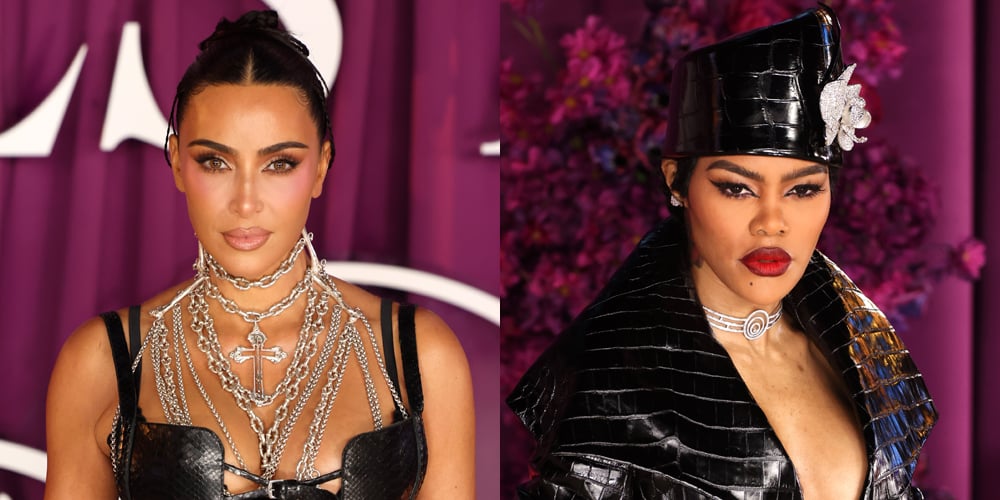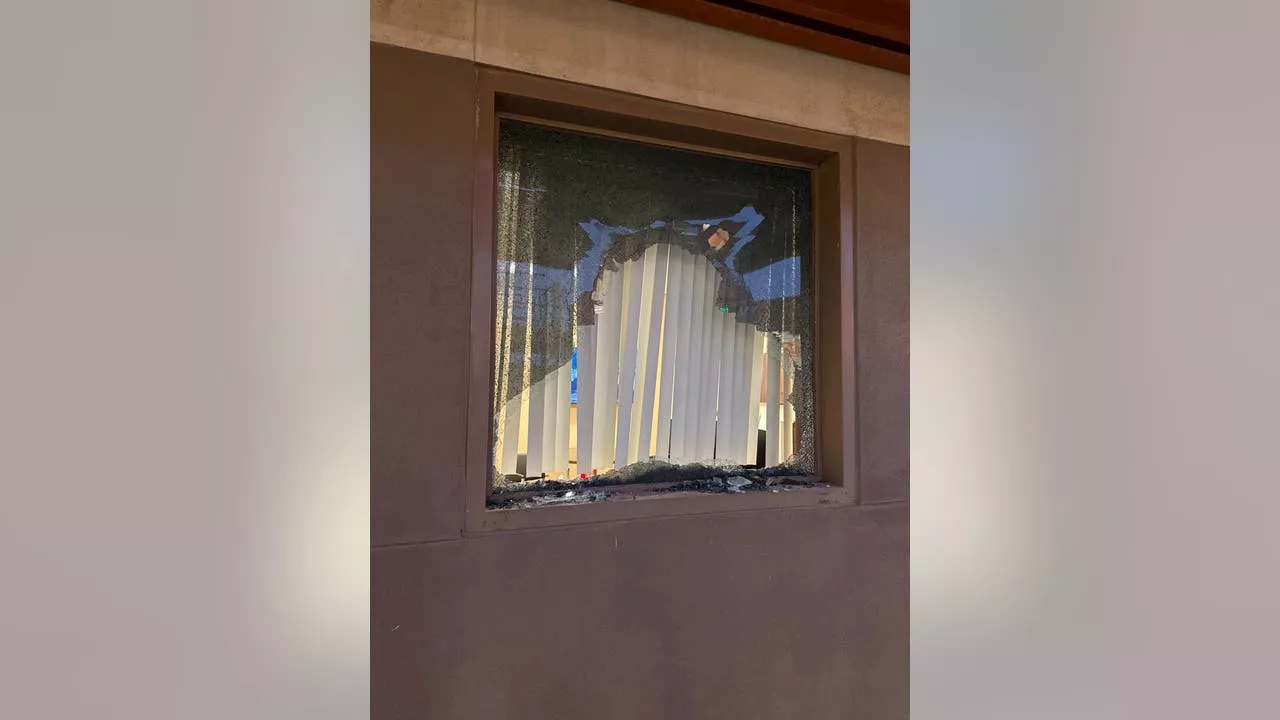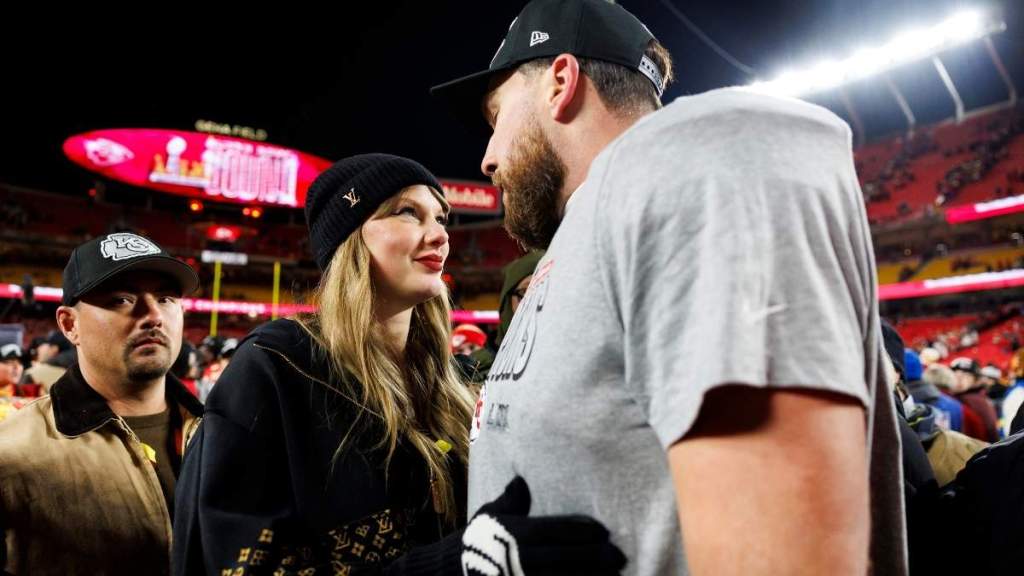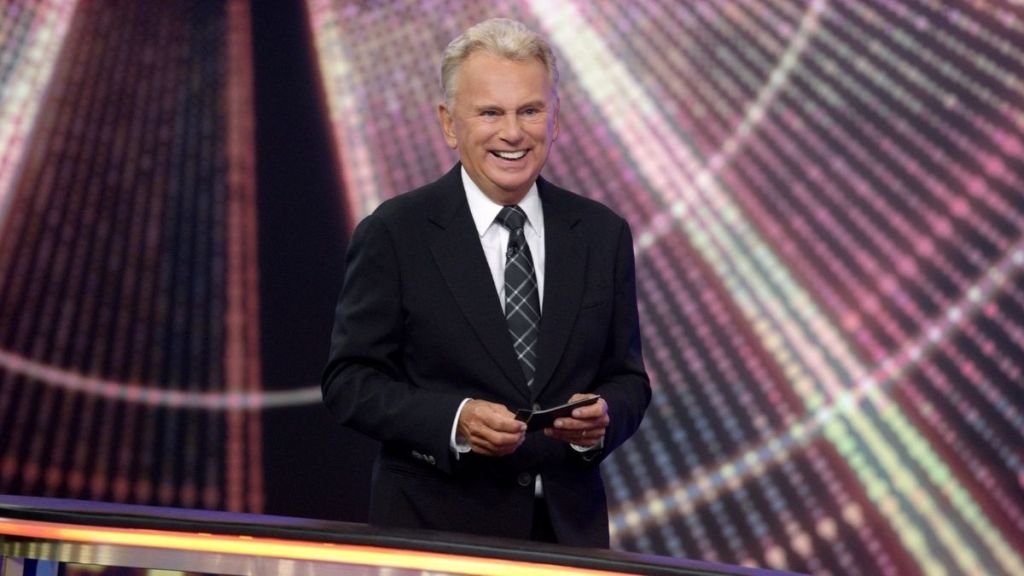Over the last fifty years, cinema has produced a remarkable array of visually stunning films that showcase extraordinary artistic talent and innovation. The period from 1975 to the present has seen advancements in cinematography, art direction, and animation techniques that have elevated the film medium to new heights. Acknowledging these achievements can feel overwhelming, given the abundance of breathtaking imagery available, but ten films stand out for their exceptional visual artistry.
10. Raging Bull
Directed by Martin Scorsese and shot by cinematographer Michael Chapman, the black and white boxing biopic Raging Bull presents a visceral exploration of violence. The film opens with iconic slow-motion shots of Robert De Niro as Jake LaMotta, showcasing the stark beauty of its cinematography. The contrast between brutal fight sequences and raw domestic scenes captures the duality of LaMotta’s life, making it a poignant visual experience.
9. The Last Emperor
In The Last Emperor, directed by Bernardo Bertolucci, the visuals reflect the grandeur of Imperial China. The film features expansive exteriors filled with thousands of extras and opulent interiors, all rendered with vibrant colors that signify the wealth and power of its protagonist, Puyi. The cinematography by Vittorio Storaro employs a bold palette, shifting to muted tones as the emperor faces political imprisonment later in life, thereby enhancing the narrative’s emotional depth.
8. Spider-Man: Across the Spider-Verse
Animated films are often overlooked in discussions of cinematic beauty, yet Spider-Man: Across the Spider-Verse defies this trend. Building on the visual style of its predecessor, the film introduces distinct artistic styles for each universe visited. With watercolor aesthetics for Gwen Stacy’s world and punk-inspired visuals for Spider-Punk, the film becomes a vibrant collage of animation that celebrates creativity and innovation.
7. Fantastic Mr. Fox
Wes Anderson’s Fantastic Mr. Fox exemplifies the art of stop-motion animation. The film’s unique style, characterized by its handmade elements, draws viewers into a whimsical world that reflects both Roald Dahl’s storytelling and Anderson’s distinct vision. The meticulous craftsmanship is evident in every frame, making it a visually enchanting experience.
6. The Tale of Princess Kaguya
Studio Ghibli’s The Tale of Princess Kaguya showcases the beauty of traditional hand-drawn animation. Inspired by Japanese watercolor paintings, the film employs minimalist details to convey profound emotions. The labor-intensive production resulted in one of the most visually calming animated films, earning its place among the finest examples of artistic storytelling in cinema.
5. Dune: Part Two
Denis Villeneuve’s Dune: Part Two continues the visual legacy of the 2021 adaptation of Frank Herbert’s novel. With cinematographer Greig Fraser at the helm, the film utilizes expansive desert vistas and striking visual techniques to create an immersive experience. The use of natural light and innovative effects, including infrared filters, enhances the film’s epic scope and emotional weight.
4. Hero
Zhang Yimou’s martial arts epic Hero employs color as a narrative device, with each segment of the film distinguished by a specific color palette. This approach not only enhances the visual storytelling but also captivates viewers with its striking aesthetics. The collaboration between Yimou and cinematographer Christopher Doyle results in a visually stunning representation of ancient China.
3. The Tree of Life
In The Tree of Life, directed by Terrence Malick, the cinematography by Emmanuel Lubezki encapsulates both intimate human experiences and grand cosmic events. The film’s ambitious narrative is complemented by its use of natural light and various film formats, creating a visually poetic exploration of existence and the universe.
2. Barry Lyndon
Stanley Kubrick’s Barry Lyndon is often described as “every frame a painting” due to its revolutionary cinematography. With the help of specially modified lenses developed for NASA, Kubrick captures the film’s lush visuals using only candlelight in several scenes. This groundbreaking technique, combined with meticulously staged compositions, provides an unparalleled visual authenticity that remains unmatched.
1. The Assassination of Jesse James by the Coward Robert Ford
The crowning achievement of visual storytelling in the last fifty years can be attributed to Roger Deakins in The Assassination of Jesse James by the Coward Robert Ford. The film’s muted color palette and dream-like quality reflect its introspective narrative. Deakins’ innovative techniques, including the use of specific lenses for blurring effects, contribute to a hauntingly beautiful portrayal of the American West.
These ten films exemplify the extraordinary visual artistry that has defined cinema over the past half-century. Through the dedicated efforts of talented cinematographers, directors, and artists, audiences have been treated to a wealth of stunning imagery that continues to inspire and captivate.







